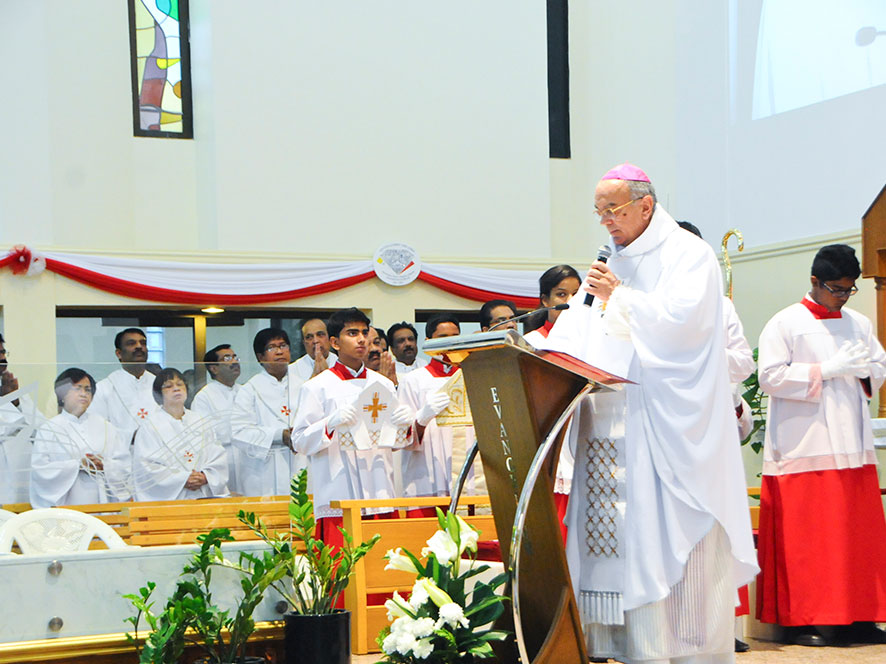Born at Villafranca, a village in the province of Verona (Italy), on January 1, 1923, Giovanni Vantini was ordained a priest in 1947 and, immediately, assigned to Northern Sudan. He went to Lebanon for two years in order to learn Arabic and, in 1949, he reached Khartoum. At the outset, he taught in the schools that were founded by the Comboni Missionaries and were still under their management. Moreover, he worked as assistant to the parish priest of the cathedral. The Catholics were not many and almost all non-African: Syrian, Maltese, Palestinian, Lebanese, Italian, French, English… There was only a tiny group of Sudanese Catholics, descendants of the black Africans who were baptized by Msgr. Daniel Comboni. In 1953, the Anglo-Egyptian condominium government came to an end and Khartoum achieved a form of self-rule. People started talking of independence. Bishop Agostino Baroni, eager to positively influence the new course with Christian social principles, decided to start a paper. “And he thought of me as its editor,” writes Fr. Vantini in certain biographical notes which he gave me many years afterwards. “Thus, in 1954, I found myself in London for a course in Journalism. I went back towards the end of the following year. On January 1, 1956, Independence Day for the Sudan, I published the first issue of Assalam (Peace), a fortnightly paper with an immediate circulation of 2,500 copies.” In the meantime, in the South, a civil war that would go on for 16 years had broken out. Tens of thousands of Southern Sudanese sought refuge in the North. Fr. Vantini describes the situation: “They are masses of displaced, destitute people, in need of everything. We try to welcome them and help them. With me is Bro. Michele Sergi; he also thinks there is work for us. We set up meeting places that started being called “Sergi Clubs.” In the evening, after work, men, women, young men and children come in throngs to attend English, Arabic and Math classes… We have started also the catechumenate since most of them are non-Christian. Every year, we give 80/100 baptisms. After the breakout of the second civil war, in 1983, the catechumens from the South became thousands. In the new parish of Omdurman, we manage to baptize 700/800 people a year. Thus, since the Catholic community of the white people had disappeared, in the course of few years, we found ourselves with a new, thriving black Church… in an Islamic environment! So much so that, when, in February 1993, Pope John Paul II visited Khartoum and celebrated the Eucharist, in honor of Blessed Josephine Bakhita, in the capital’s Green Square, he found himself in front of one million Southern Sudanese Catholics.” An uprooted Church? “Apparently, it was so. In truth, these Christians are not completely foreign to Northern Sudan. Although it may appear strange, Christianity was established in this country much earlier than the arrival of Islam. From the year 500 AD to 1400, the Christian faith blossomed along the Nile Valley,






